Categories
Finger Pulse Oximeter
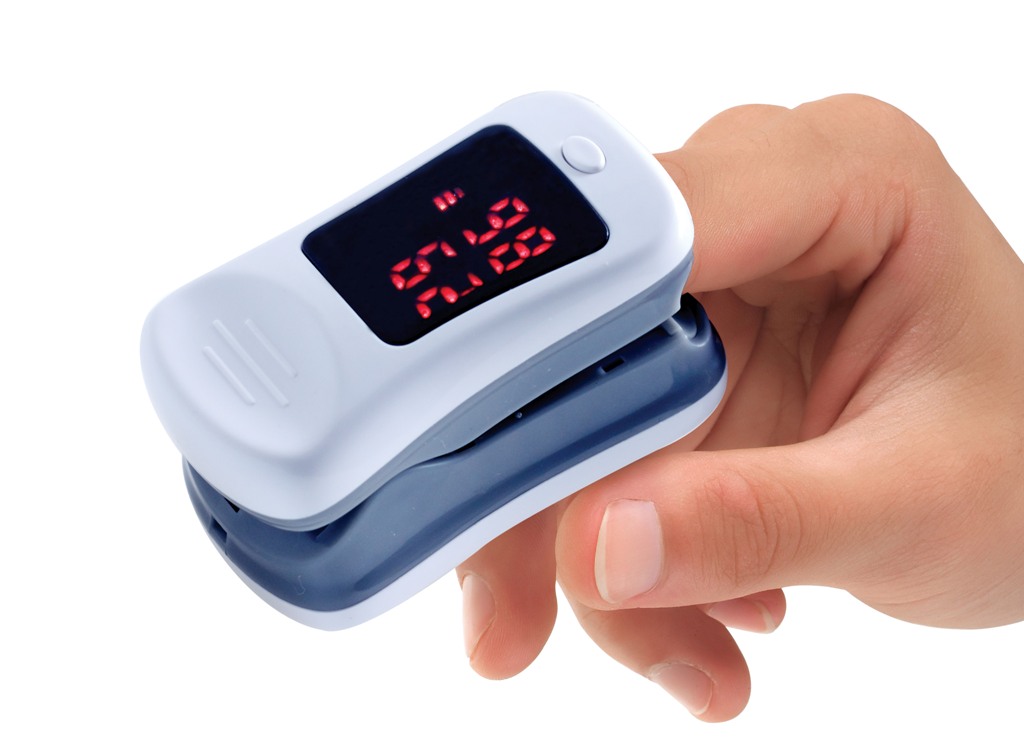
A finger pulse oximeter is a device that measures oxygen saturation. A blood-oxygen monitor shows the percentage of blood that is loaded together with oxygen. To be more specific, the device measures the percentage of protein in blood that can be carried by oxygen only or the percentage of hemoglobin. A norm for people who have no pulmonary or lung diseases is 95 – 99 percent. As a matter of fact, there are a number of symptoms that indicate that people have a low level of hemoglobin.
The most common of them are the following ones: people fill dizzy; they have constant headaches and no antispasmodic medications are effective; people can lose coordination; they can lack air, and this list can be prolonged. As soon as people notice some of the aforementioned symptoms, they should turn for help to specialists, who will examine them and give all the necessary medications. At first sight, the symptoms that are connected with a low level of hemoglobin seem to be insignificant. However, that is not so. If no medical treatment is provided and patients’ outcomes do not improve, the healthcare outcomes may worse, which can cause severe complications or even lead to the death.
Simplifying the Draws with Blood Collection Tubes
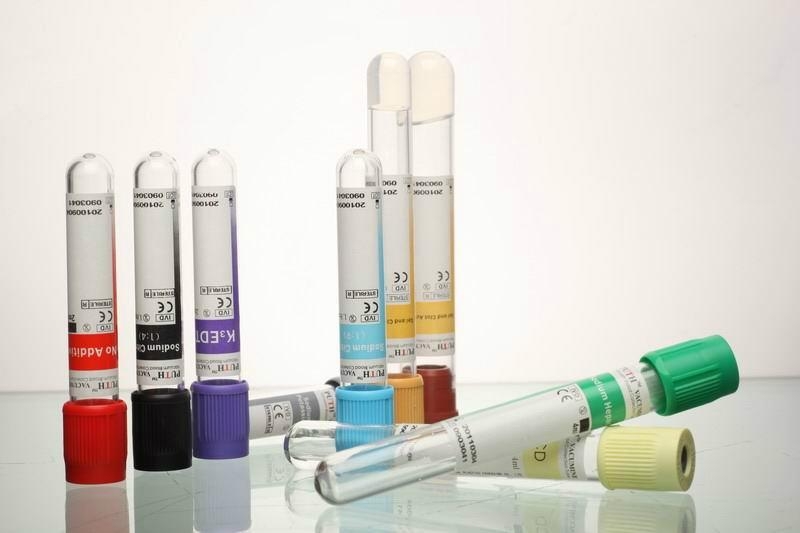
Blood collection tubes are designed for drawing blood for different laboratory tests. They were firstly designed in 1947 by Joseph Kleiner. At that time they were referred to as vacutainers. However, today they are so great in number that if you’re not a professional, the choice of the right one becomes a real problem. Health care professionals are trained to differentiate the tubes by their colors, when it is needed to collect the specimen.
The majority of blood draw tubes have an additive, which prevents the blood from clotting. They also feature a clot activator that produces the serum sample, when the blood is separated by centrifugation. And an anticoagulant produces plasma sample right after the centrifugation.
Many tests require the use of plasma, some require the use of serum, the other ones – anticoagulated whole blood. They all have a vacuum that assists in the process of filling. An evacuated tube has a stopper with a septum punctured by an assembly of a needle during the collection. In most cases the stopper surrounds a plastic safety closure.
Top Characteristics of a Recessed Medicine Cabinet
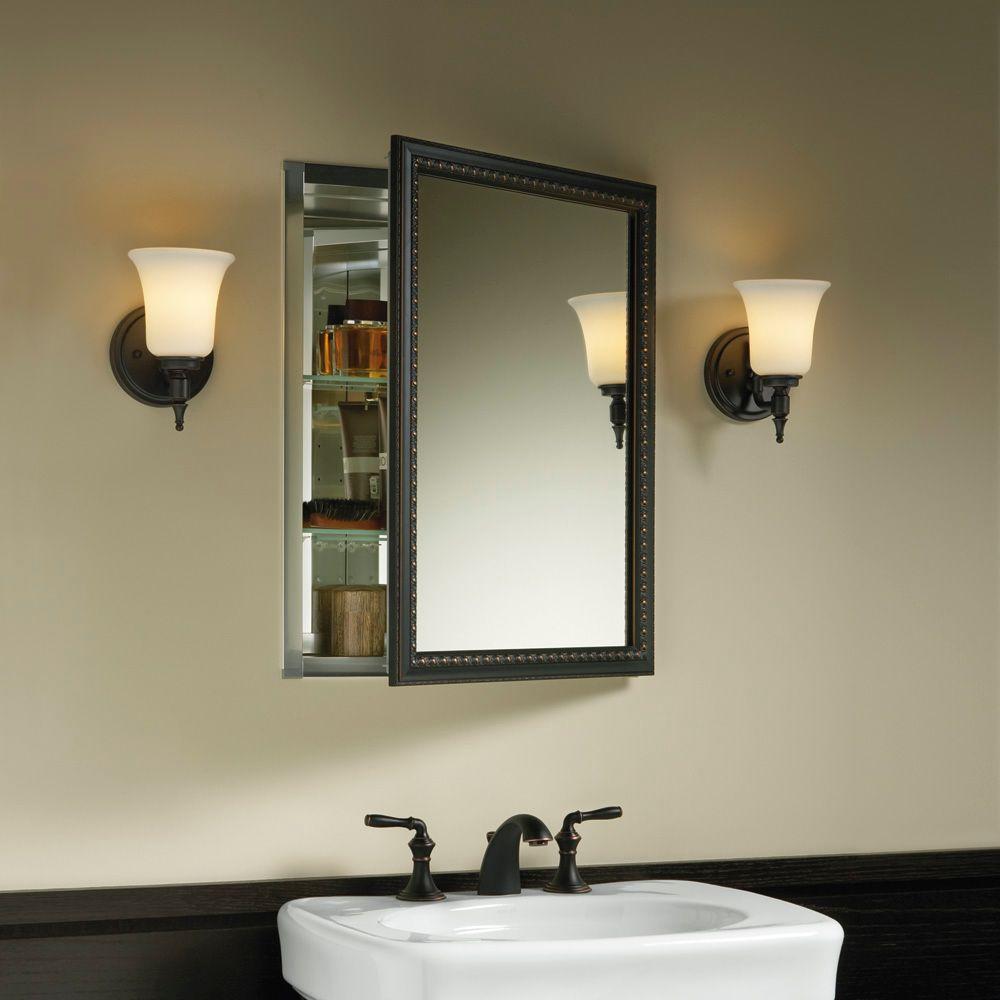
Millions of people go to the hospital daily. Millions of physicians all over the world spend a lot of time in their recessed medicine cabinets. It goes without saying that the cabinets should be clean and comfortable to meet the requirements of employers and satisfy aesthetic and ethic needs of patients. Medicine cabinets should be spacious. The primary characteristics of the medicine cabinet are the following ones:
- It should be light because it creates a working and comfortable atmosphere.
- It should be clean.
- It should be comfortable because both patients and physicians use it a lot of times and as a result they should feel emotionally and morally satisfied.
As a matter of fact, a working cabinet should contain all the necessary furniture. There should be a table, where physicians will write down all the necessary information and fill in the required applications. There should be a chest of drawers, where physicians will be able to keep all the documents about the medical history of patients. There should be a comfortable armchair or a chair for both patients and physicians. There should be a wardrobe, where physicians will have an opportunity to keep their working clothes, towels, and the necessary medical equipment. There should be a sink, because physicians should wash their hands before they start doing something and as soon as they complete all the necessary activities. Finally, there should be a medicine cabinet that complements the design of the room.
Use of Medical Oxygen Tanks for Lung Diseases
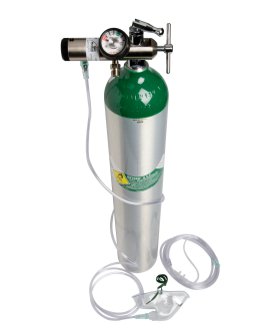
In case of breathing problems the level of oxygen in lungs decreases. This leads to the decrease of the oxygen amount that is normally delivered to the vital organs via the blood stream. This is when oxygen therapy is given in order to prevent possible complications. Medical oxygen tanks are the devices used for this purpose.
What is a Medical Oxygen Tank?
This is a special container that has either liquid oxygen or compressed oxygen gas. The tank delivers pure oxygen to the patient. Small containers are also referred to as mobile ones, as they can be easily carried around. To show great results they are to be professionally filled.
Ultrasound Systems Review
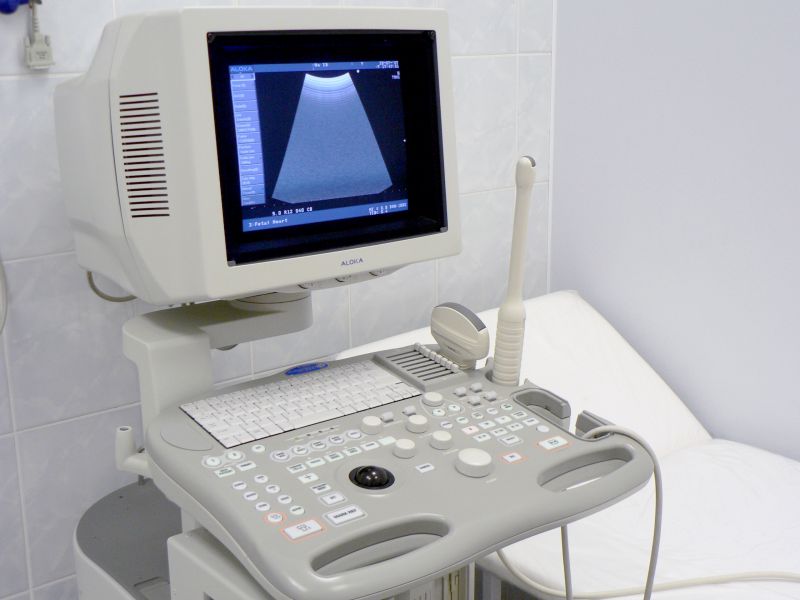
Due to its noninvasiveness, low prices and no radioactive treatment, ultrasound visualization has become very widespread in all medical spheres.
But there are no limits for science. Companies create compact ultrasound systems for work in confined spaces (in operating rooms). Philips presented a portative ultrasound system CX50 at the RSNA. At the same synod Siemens Healthcare presented the first in the world Acuson Freestyle with a wireless detector. It can be used in 10 feet distance and is provided with an inbuilt shockproof protection.
How to Use Ultrasound Machine: Definition & Purposes
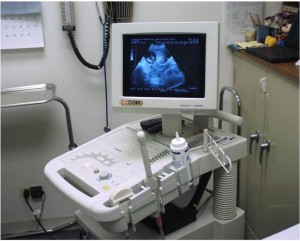
Ultrasound machine is a special medical device used in ultrasonography for diagnostic and therapeutic purposes. Ultrasonography, commonly known as ultrasound, is a popular medical imaging technique used in physical therapy and diagnostics, and which uses high-frequency sound pulses and their echoes to specific body regions. Ultrasonic waves are specifically helpful in visualizing or imaging subcutaneous or internal body structures including muscles, tendons, vessels, joints or internal organs for any pathology or lesions.
Ultrasound machine is constantly becoming very popular for its diagnostic and therapeutic qualities. It doesn’t matter whether you’re pregnant and your obstetrician would like to monitor a developing fetus or determine the due date, or you’re experiencing blood circulation problems in your limb or heart and your physician needs to check your blood flow, ultrasound is always at your service. Ultrasound machines are successfully helping patients in reducing pain and improving the healing process, such as generating heat deep into muscles or breaking up minor calcifications and bruises by creating localized vibrations, increasing nutrients & oxygen and reducing swelling.
An Implantable Cardioverter Defibrillator. Its Benefits and Risks
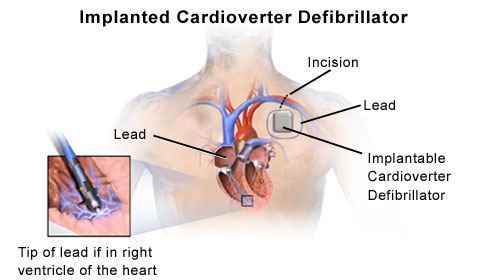
ICD or an implantable cardioverter defibrillator is a special electronic device that is installed inside the patient’s chest for preventing sudden death from cardiac arrest that occurs because of tachycardia. The very first devices of this type appeared in the 1970s, and the first implantation took place in 1980. At that time ICDs had a single therapy option – defibrillation, and the generator was placed in the abdomen.
Today an implantable defibrillator has several options and can monitor the heart rhythm. When it is normal, the device is inactive. However, when it develops a life threatening condition like tachycardia, the device delivers one or several electrical shocks to the heart in order to terminate the abnormal rhythms, thus returning the heart rhythm to the norm.
What Is a Pulse Oximeter? Common Types and Reasons of Regular Use

What is a pulse oximeter? This is a non-invasive device that is commonly used both by specialists and non-professionals for measuring the blood-oxygen saturation level as well as pulse rate in patients. Oximeters and their sensors ensure the proven accuracy of results in a pretty wide range of patients, regardless of sex and age. However, these aren’t the only reasons why the devices are so popular. To additional benefits also belong:
- compact size
- non-invasiveness
- the ability to detect hypoxemia earlier than when using eyes to see cyanosis
- affordability
A comparatively small probe is attached to a computerized unit. It is clipped to the spot on one’s body that is characterized by a good blood flow (usually the earlobe or finger). There is a light emitter insides the probe. It sends out two streams of light – infrared and red. Opposite this emitter there’s a photodetector that receives the streams and measures them as they pass through.
Drager Anesthesia Machines: Technical Excellence in Every Solution
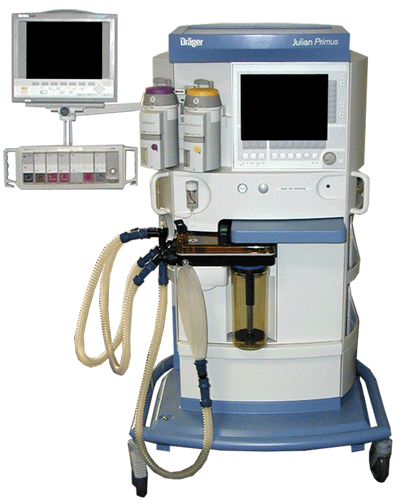
The anesthetic (UK), or anesthesia (US), machine, also known as Boyle’s machine (the original concept for the machine was invented in 1917 by the British anesthetist Henry Boyle), is a special kind of medical equipment used mainly by anesthesiologists, anesthesiologist assistants, and nurse anesthetists to support anesthesia administration to the patient. The original machine concept has gone though time and changes, and today modern anesthesia machines incorporate the following parts: ventilator, patient monitoring device, and suction unit.
The world knows a lot of types of anesthetic machines, but a continuous-flow anesthetic machine is considered the most common one, designed to provide a continuous mixed supply of medical gases (e.g. nitrous oxide or oxygen) and anesthetic vapor concentration (e.g. isoflurane), and delivering it directly to the patient at both safe flow and pressure. And if we talk about safety medical technology, then Dr?ger is truly an international leader that conveys the asset of ‘safety’ in its every solution.
Blood Drawing Chairs for Phlebotomy Applications
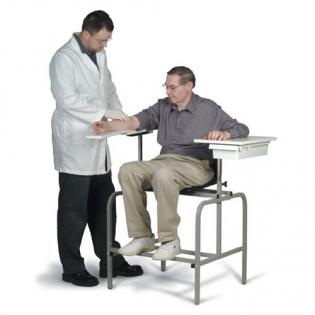
Blood draw chair is a special piece of medical equipment that combines both comfort for a hospital’s patient, and efficiency for a caregiver when drawing blood from the first. Sometimes it is called blood donor chair and is mainly used for phlebotomy applications in hospitals and clinics. What is phlebotomy?
Phlebotomy, a procedure commonly known as a venipuncture, is the act, practice, or process of opening a vein (making an incision in a vein with a needle) to draw some blood as a kind of diagnostic or therapeutic measure. People specially trained to perform phlebotomy procedures are called phlebotomists, who draw blood from a patient mainly for medical or clinical testing, donations, transfusions, or research. The procedure itself involves drawing a valuable human product, and needs to be done in extreme care, cleanness and comfort. That’s why special phlebotomy equipment is used, blood drawing chair being the most common. So, how to choose the right blood draw chair that combines low price and comfort, simplicity in design and efficiency in work?



